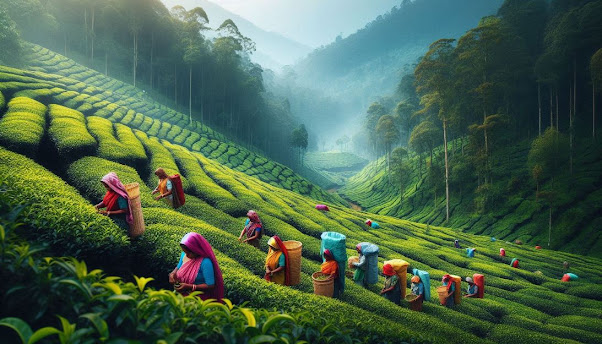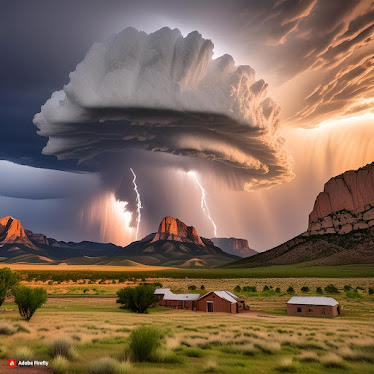1- MAJESTIC HEIGHTS:- The Great Himalayas are home to some of the
planet's highest peaks, including the crown jewel, Mount Everest. Standing tall
at a staggering 29,032 feet (8,848 meters), it's the roof of the world.
2- CULTURAL DIVERSITY:- Beyond being a natural wonder, the Himalayas
also serve as a cultural bridge. The range stretches across five
countries—India, Nepal, Bhutan, China, and Pakistan—enriching each with its
unique influence.
3- YETI LEGENDS:- The mysterious Yeti, also known as the
"Abominable Snowman," is said to roam the Himalayas. This mythical
creature adds an air of intrigue and adventure to the already captivating
region.
4- GLACIAL RESERVOIRS:- The Himalayas host a network of glaciers that
act as crucial water reservoirs. Major rivers like the Ganges, Indus, and
Brahmaputra find their origins in these icy heights, providing water to
millions downstream.
5- BIODIVERSITY HOTSPOT:-
The Himalayan region is a biodiversity hotspot with a variety of flora and
fauna. Rare species like the snow leopard, red panda, and Himalayan tahr call
these mountains home.
6- SPIRITUAL SIGNIFICANCE:- The Himalayas are revered in various
religions, especially in Hinduism. Many sacred sites and pilgrimage
destinations, such as Kedarnath and Badrinath, are nestled amidst these peaks.
7- GEOLOGICAL DYNAMICITY:- These mountains are still evolving! The
collision of the Indian and Eurasian tectonic plates continues to uplift the
Himalayas at an average rate of about 1 cm per year, making them a dynamic
geological marvel.
8- CHALLENGING TREKS:- Adventure enthusiasts flock to the Himalayas
for challenging treks. The Annapurna Circuit, Langtang Valley, and the Markha
Valley are just a few examples of trekking paradises in this range.
9- CULTURAL EXCHANGE:- Himalayan passes have served as historical
trade routes connecting South Asia with Central Asia. The Silk Road, for
instance, facilitated cultural exchanges and the flow of goods between these
regions.
10 ENVIRONMENTAL ALARM BELL:- The Himalayas are on the frontline of climate
change impacts. The retreat of glaciers and changes in weather patterns pose
significant challenges, making the region a crucial indicator of global
environmental health.





















